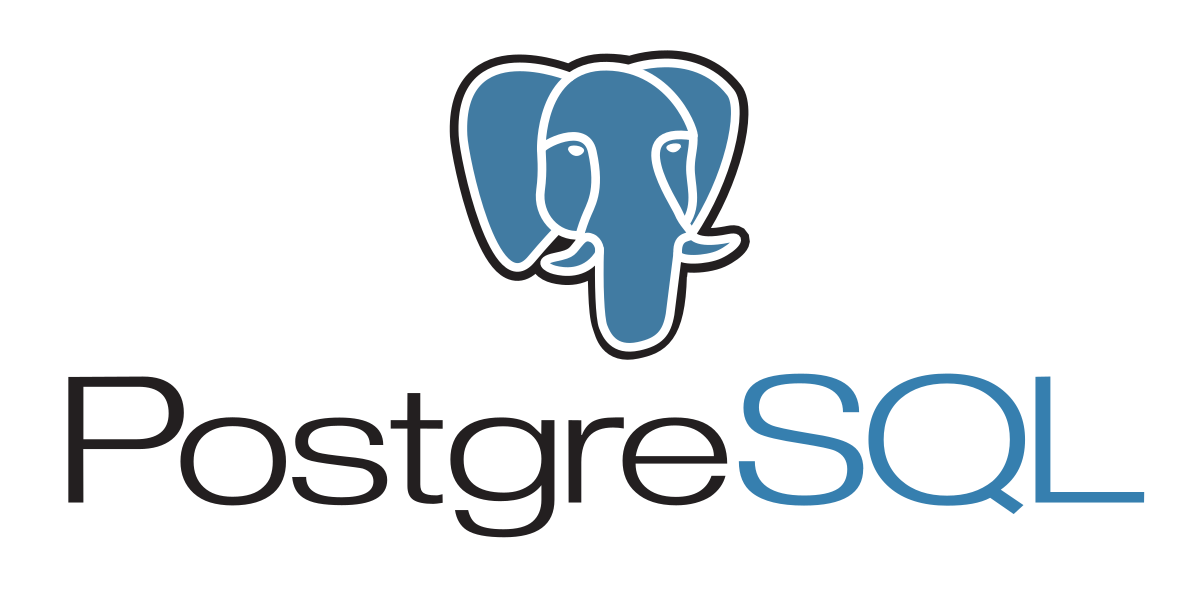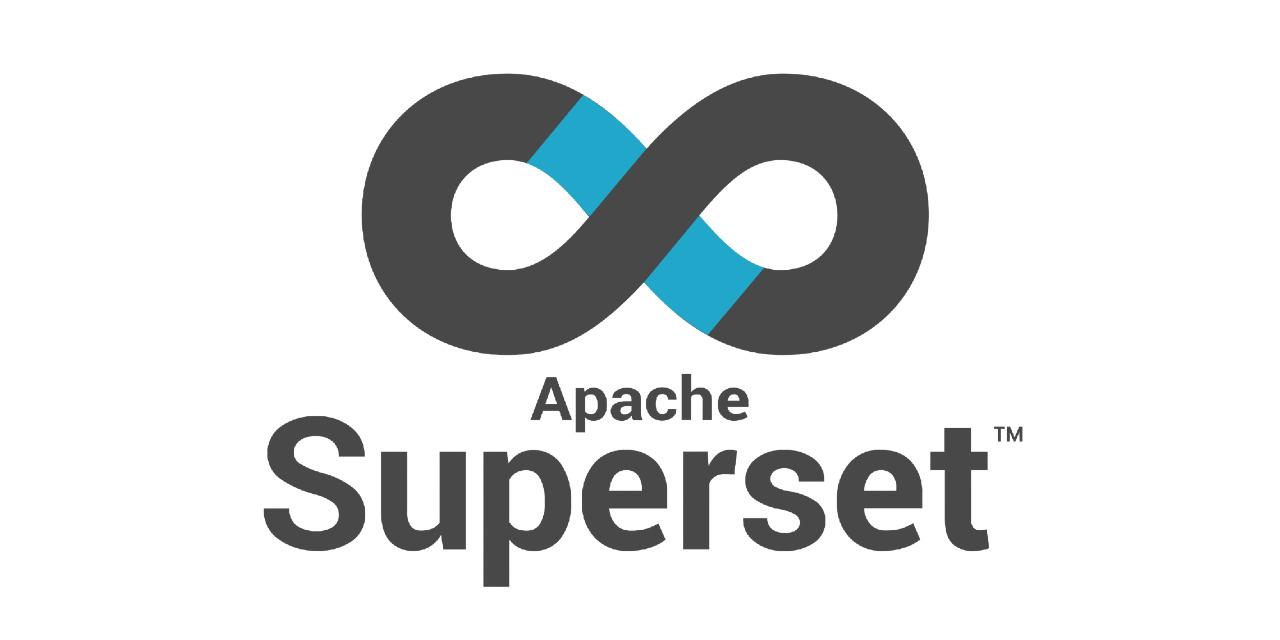Business Intelligence (BI)
A Quick Synopsis
BI extends the reporting capabilities built-into your primary systems such as ERP and CRM, with either additional reports or using different reporting / visualisation and analytical technologies.
BI provides a reporting capability across all of your systems. In other words, a consolidated, business-wide, not a system specific, view. You can build a report with the content coming from both the ERP and CRM systems, or any other system.
BI can incorporate additional data, such as changes over time to a record in a primary system. This is ideal for trending analysis and historical views. It can also restructure data so that reporting is standardised when the data comes from disparate systems.
BI Components
Conventionally, BI consists of 4 aspects
Data Sources
Data is sourced from business applications such as ERP and CRM systems but also from spreadsheets and other internal sources. However data can also be sourced from external service providers such as the daily exchange rate.
Extract - Transform - Load
ETL is the process of extracting the sourced data and then transforming it so that it can be used for reporting and other analytical purposes, and then loading it into the Data Warehouse.
Data Warehousing
The DW is a specialised database, structured specifically for reporting and analysis. It exists independently of all other databases in the organisation.
Visualisation
The overarching objective of BI is to provide meaningful and readily available visualisations of the data in support of decision making. Such visualisation can be in the form of curated reports and charts, or more advanced ad-hoc analytics such as OLAP or data mining.
We Use FOSS
We are very fond of Free Open Source Software (FOSS). This is particularly applicable to BI since the entire spectrum, from data sourcing to reporting, is endowed with high quality FOSS components.
Should you not have any BI capability as yet, then fret not, as everything to bring it to fruition is available as FOSS. However, should a client already make use of propietry software, then we are equally as capable of utilising such.
FOSS Components
.png)
The most common sources of business data we are requested to extract and avail as BI is data from ERP and CRM systems. Most modern systems have APIs to access and extract the data, but should this not be the case, then we can also access the data at the application's database level. With Frappe ERPNext and Frappe CRM, extracting your data has never been easier.

The process of transforming the data into structures conducive to analysis is also covered by many FOSS applications. We are particularly competent at using Pentaho Data Integration CE (PDI) and Apache Nifi.

Data Warehousing probably has the largest collection of FOSS tools. There is a database technology for every conceivable use case. We use both MariaDB and PostgreSQL regularly.

Again, no shortage of FOSS options here, and the likes of Apache Superset, Metabase and Frappe Insights come to mind.